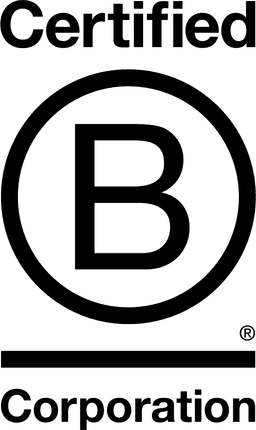

Australian Brands Alliance

New South Wales, Australia
October 2019
Apparel
Wholesale/Retail
Australia
Their fundamental belief is that business does not simply exist to make a profit. It is not only what they do that determines who they are – rather it is how they do it that is important. The apparel industry globally faces some tough ethical and environmental issues. In the face of these ongoing issues Australian Brands Alliance is required to self-regulate the way they conduct business, ensuring that they minimise their negative impact upon the environment, and relentlessly chase an ethical approach to conducting business that has only a positive impact upon people. Beyond a devotion to premium design, they are committed to socially responsible business initiatives for the future of fashion. Through the considered sourcing of fabrications, support of an ethical supply chain and conscious avoidance of harmful chemicals, they endeavour to maintain the ethical production and distribution of their products. Their ethos is to unite the concept of accessible, luxurious fashion with environmental and social responsibility in the Australian and global fashion market.
Overall B Impact Score
Governance 17.9
Governance evaluates a company's overall mission, engagement around its social/environmental impact, ethics, and transparency. This section also evaluates the ability of a company to protect their mission and formally consider stakeholders in decision making through their corporate structure (e.g. benefit corporation) or corporate governing documents.
What is this? A company with an Impact Business Model is intentionally designed to create a specific positive outcome for one of its stakeholders - such as workers, community, environment, or customers.
Workers 23.8
Workers evaluates a company’s contributions to its employees’ financial security, health & safety, wellness, career development, and engagement & satisfaction. In addition, this section recognizes business models designed to benefit workers, such as companies that are at least 40% owned by non-executive employees and those that have workforce development programs to support individuals with barriers to employment.
Community 23.2
Community evaluates a company’s engagement with and impact on the communities in which it operates, hires from, and sources from. Topics include diversity, equity & inclusion, economic impact, civic engagement, charitable giving, and supply chain management. In addition, this section recognizes business models that are designed to address specific community-oriented problems, such as poverty alleviation through fair trade sourcing or distribution via microenterprises, producer cooperative models, locally focused economic development, and formal charitable giving commitments.
Environment 21.3
Environment evaluates a company’s overall environmental management practices as well as its impact on the air, climate, water, land, and biodiversity. This includes the direct impact of a company’s operations and, when applicable its supply chain and distribution channels. This section also recognizes companies with environmentally innovative production processes and those that sell products or services that have a positive environmental impact. Some examples might include products and services that create renewable energy, reduce consumption or waste, conserve land or wildlife, provide less toxic alternatives to the market, or educate people about environmental problems.
Customers 3.6
Customers evaluates a company’s stewardship of its customers through the quality of its products and services, ethical marketing, data privacy and security, and feedback channels. In addition, this section recognizes products or services that are designed to address a particular social problem for or through its customers, such as health or educational products, arts & media products, serving underserved customers/clients, and services that improve the social impact of other businesses or organizations.